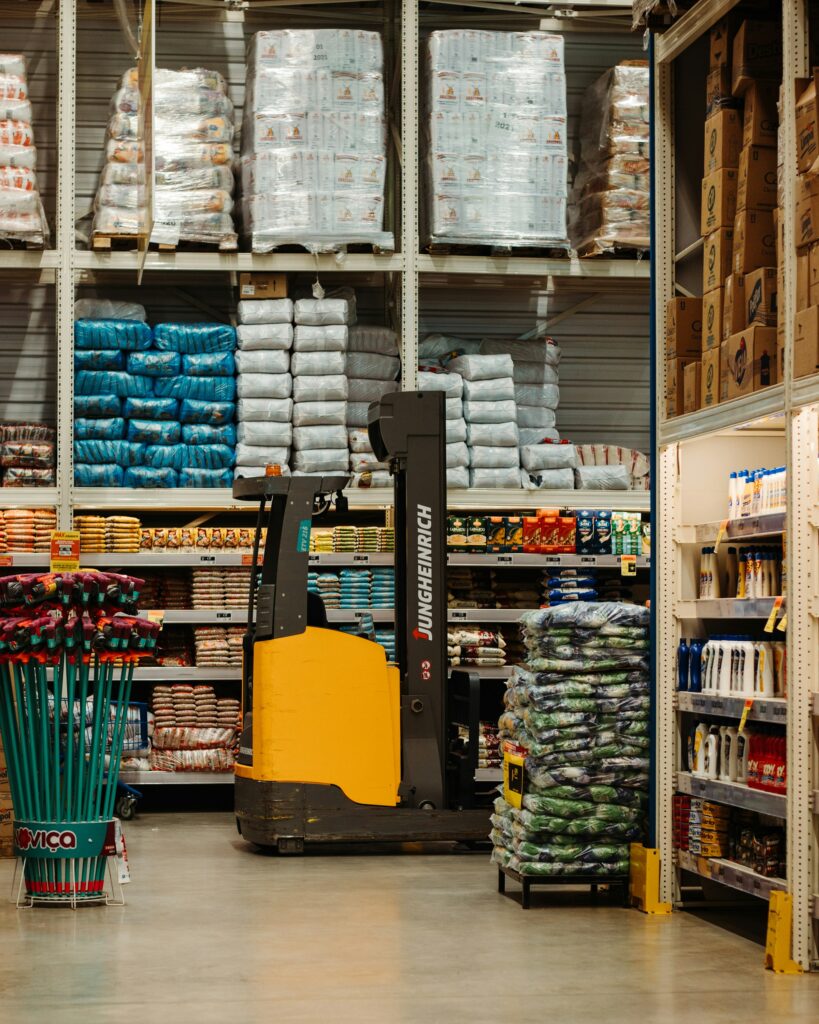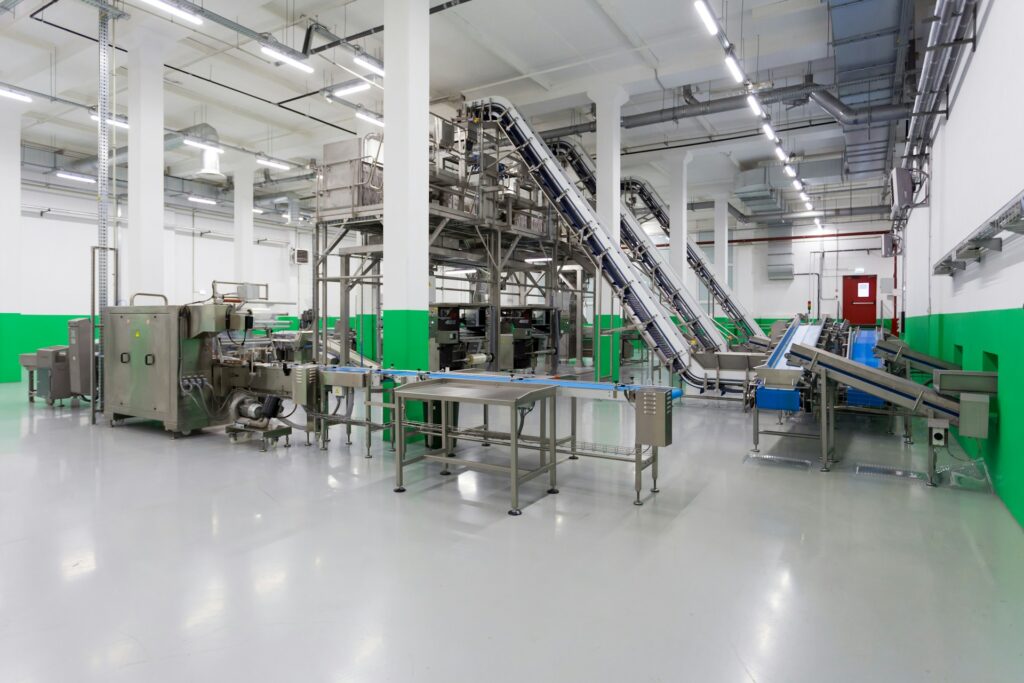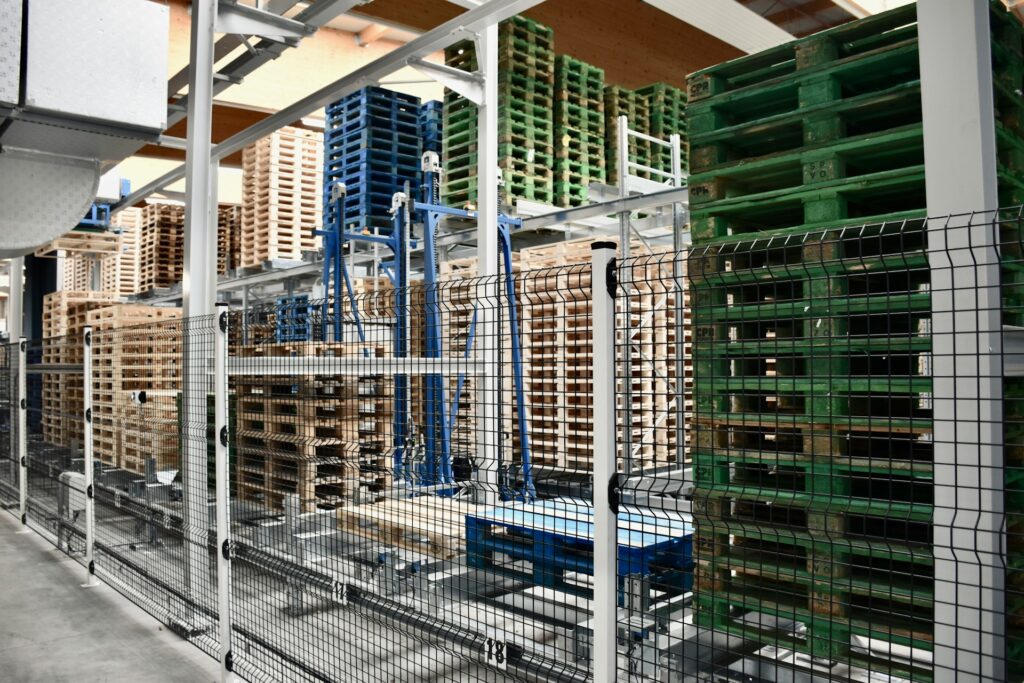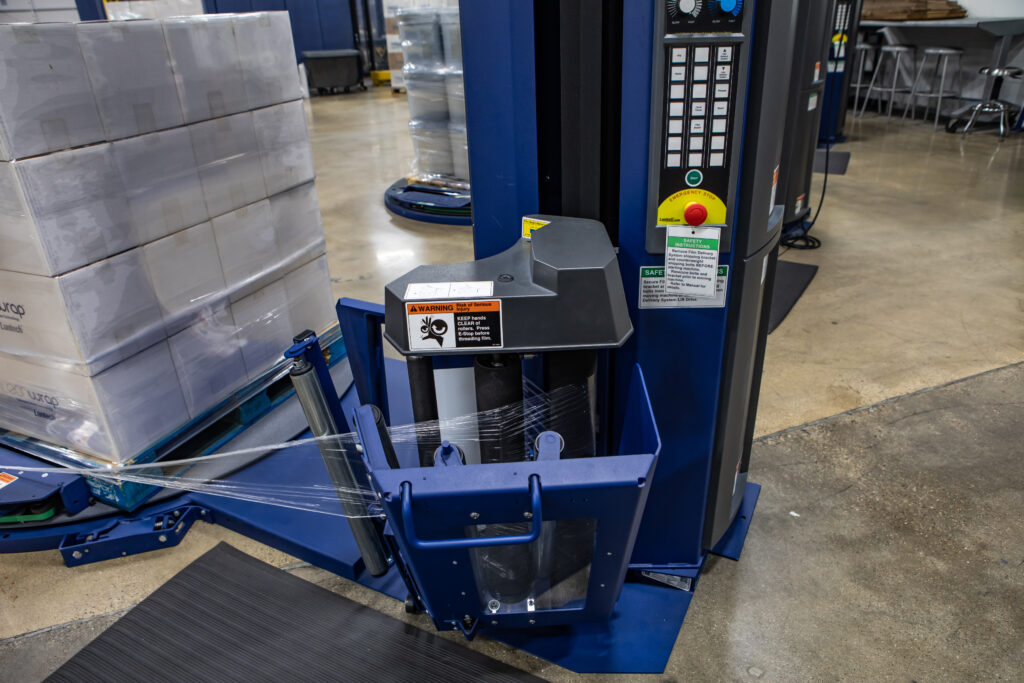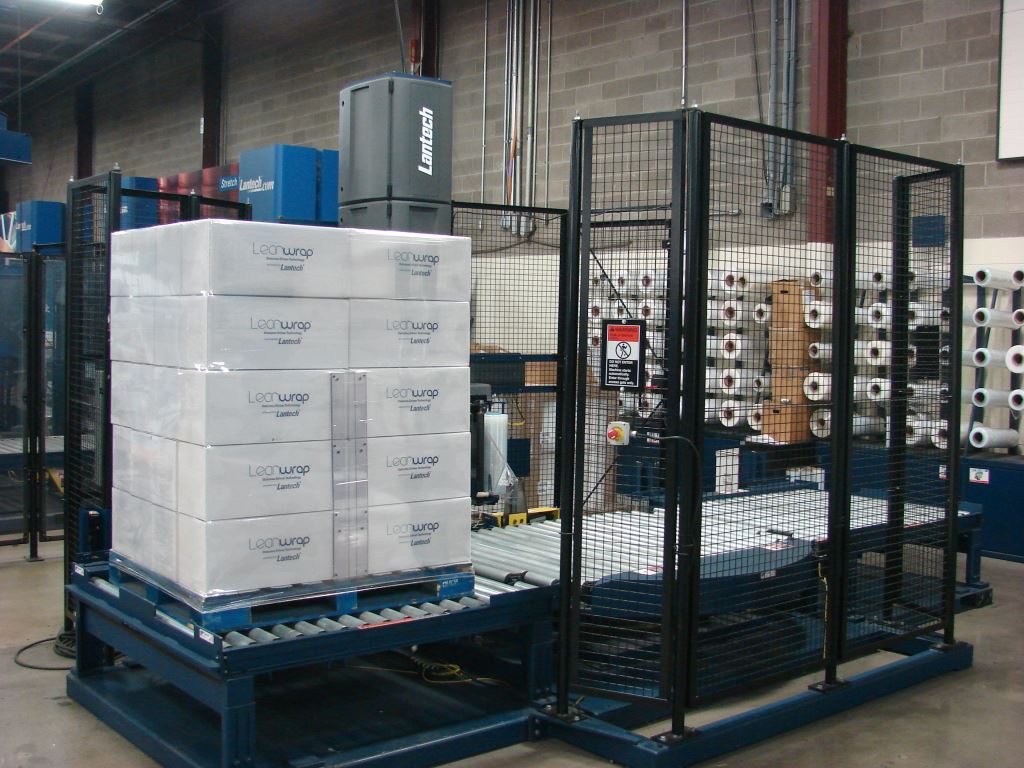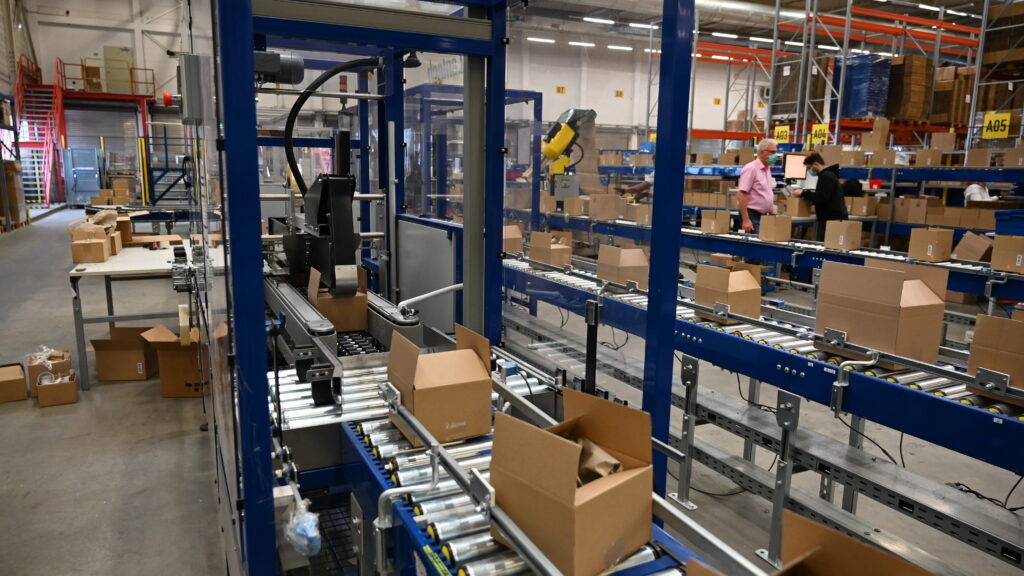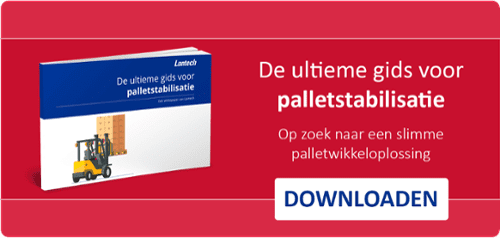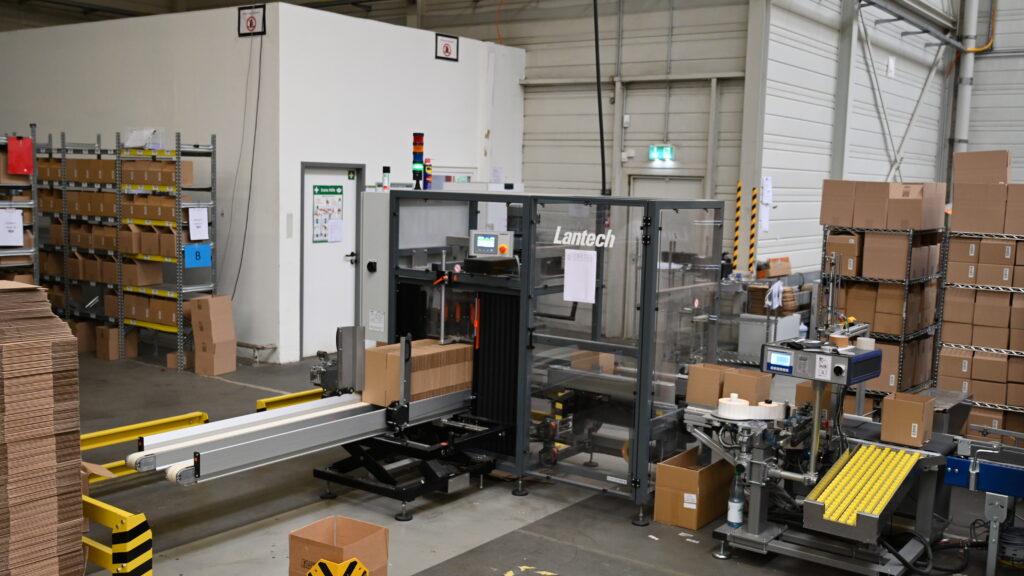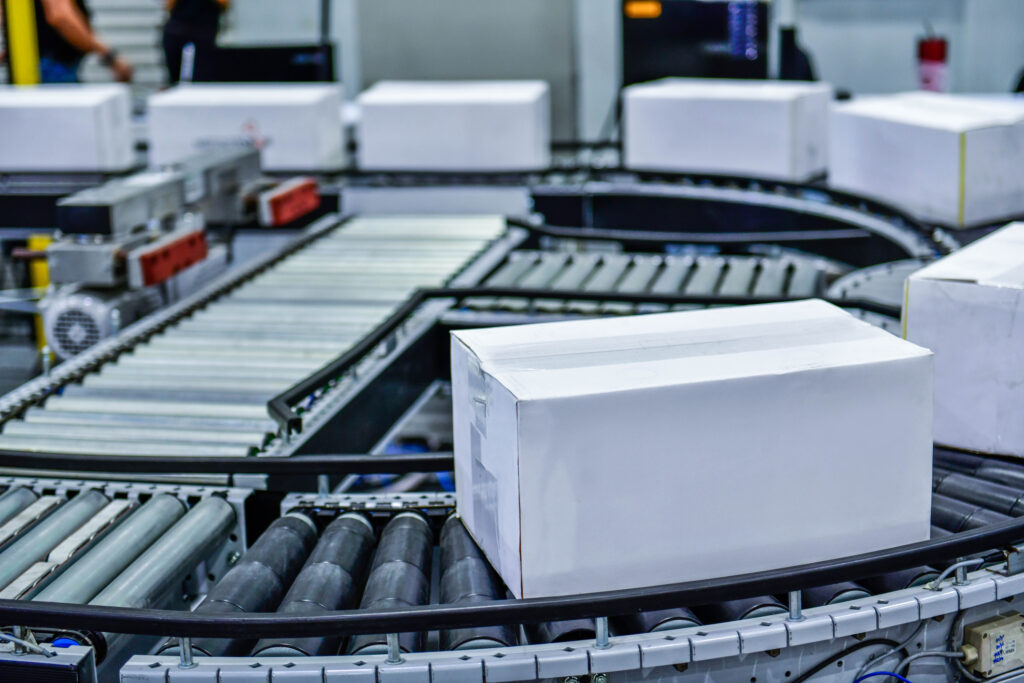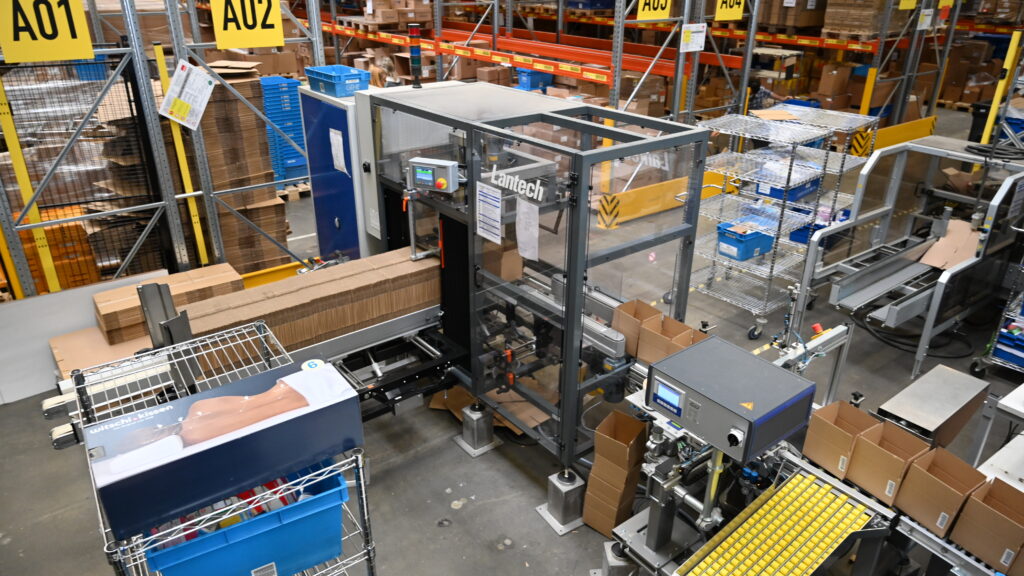Pallet Optimization: A Strategic Approach to Cutting Costs and Boosting Efficiency
Pallet optimization is a strategic approach to logistics that significantly reduces transportation costs and improves operational efficiency. This article is valuable for logistics professionals, manufacturers, warehouse managers, and anyone looking to improve their supply chain performance. We’ll cover the fundamentals of palletization and explain why optimizing this process is essential in today’s business environment.
Key Takeaways:
- Palletization is the process of stacking products on pallets to simplify handling, transport, and storage.
- Optimization helps reduce logistics costs and prevent product damage.
- This article is for those looking to make logistics more cost-effective and sustainable.
What Is Pallet Optimization?
Pallet optimization is the process of improving how goods are arranged on pallets to achieve maximum stability, cost-efficiency, and space utilization. It involves selecting the right packaging, pallet sizes, stacking patterns, and securing methods.
When done effectively, pallet optimization reduces damage, lowers transportation frequency, optimizes warehouse space, and enhances overall supply chain efficiency.
Benefits of Pallet Optimization:
- Efficient use of available space
- Lower transportation costs
- Reduced product damage
- Faster loading and unloading operations
Key Elements of Pallet Optimization
To lower costs, prevent damage, and streamline logistics, consider these four critical elements of pallet optimization:
- Maximize Packaging Efficiency
Smart packaging enables better pallet space utilization. Avoid excessive voids in boxes, use standardized dimensions, and tailor box sizes to pallet dimensions. This reduces load volume, cuts transportation frequency, and lowers logistics costs. - Choose the Right Pallet Type
The pallet should match the weight, size, and transport conditions of the load. Plastic pallets suit hygienic, reusable applications; wooden pallets are ideal for heavy goods. Always consider partner standards and the reusability of pallets in your logistics chain. - Secure the Load Properly
Prevent damage using stretch film, corner boards, anti-slip sheets, and straps as needed. These tools enhance resistance to load shifting, moisture, and impact, helping to maintain product integrity and reduce returns or claims. - Build the Right Pallet Configuration (Most Critical)
A well-designed pallet layout ensures safety, stability, and efficient handling. The load’s weight distribution, height, and shape affect shipping success. Palletizing software lets you simulate and optimize layouts before packaging.
Best Practices for Pallet Configuration:- Distribute weight evenly across the pallet surface
- Alternate box orientation (e.g., brick pattern) for stability
- Stay within height limits required by carriers
- Place heavier items at the bottom, lighter ones on top
- Keep the center of gravity low and central
- Use layer pads when possible for structure
- Avoid overhanging items beyond the pallet footprint
A correct configuration is the foundation for a stable, efficient, and safe load during transportation and storage.
Practical Tips for Pallet Optimization
Evaluating your current palletizing effectiveness begins with reviewing key metrics: pallet space usage rate, product damage frequency, units per pallet, and packaging costs. Conducting an internal audit or using external tools for layout simulation can reveal where improvements are needed.
You can significantly improve pallet consistency and load stability by investing in automated packaging equipment such as Case Erectors to ensure uniform box formation and Semi-Automatic Stretch Wrappers to properly secure each load for transport. These technologies reduce labor, increase throughput, and support consistent pallet quality.
Pallet Optimization Checklist:
- Are we using standardized packaging?
- What percentage of pallet space is being used?
- Is the pallet type appropriate for our product?
- How often do we encounter product damage?
- Are we using palletization software for planning?
- Is there excess air inside our packaging?
- What’s our space-efficiency ratio during storage/transport?
- Does the configuration meet safety requirements?
- How does cost change with a different configuration?
- Are partner logistics standards being met?
Conclusion
Pallet optimization is more than a technical upgrade, it’s a strategic decision that boosts logistics performance. It reduces operational costs, minimizes damage risks, and improves resource efficiency. Start by auditing your current process or consulting a specialist to make smarter, more sustainable logistics decisions.
FAQ
1. What is pallet optimization in simple terms?
It’s the process of arranging goods on pallets to reduce costs, improve transport efficiency, and maximize space during shipping and storage.
2. Why is it important to choose the right pallet type?
The wrong pallet type can lead to product damage, failed compliance with shipping standards, or weight issues that increase transportation risks and expenses.
3. What tools help with palletization?
Key tools include specialized software for 3D modeling, stacking simulation, load balancing, and layout validation prior to shipment.
4. How do I know if my palletizing process is inefficient?
Red flags include under- or over-utilized pallets, frequent product damage, unstable loads, excessive packaging, or escalating logistics costs.
5. How often should I review my pallet configurations?
Review your pallet setups at least annually, or whenever there are changes in product packaging, transport routes, or customer requirements.

